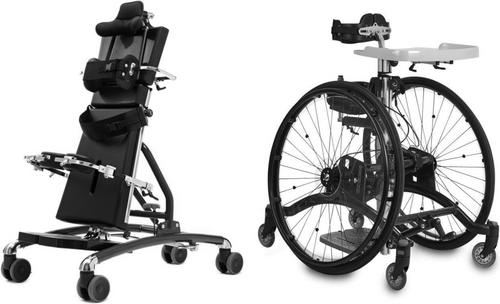Healthcare Professionals' Perspectives on the Use of Standing Frames for Children Diagnosed With Cerebral Palsy: An Explanatory Mixed Methods Study
Abstract
Background
Standing frames are commonly used by healthcare professionals in their practice with children with cerebral palsy (CP) who do not have an independent standing function. A better understanding of healthcare professionals' attitudes and experiences with standing frames may impact practice and rehabilitation. Therefore, this study aimed to investigate the standing frame practice among healthcare professionals and expand their attitude and experience with the use of standing frames for children with CP.
Methods
This is an explanatory sequential mixed methods study. A cross-sectional survey was conducted, providing quantitative data on 210 healthcare professionals' use of standing frames. The quantitative data were descriptively analysed. Subsequently, the results from the survey were followed up with five focus group interviews of healthcare professionals (n = 14). The qualitative data were analysed using thematic analysis, enabling integration between the quantitative and qualitative data.
Results
When quantitative and qualitative data are integrated, expansion between the two datasets occurred. The quantitative dataset emphasised the use of GMFCS levels as a guideline for recommending standing frames, whereas the qualitative data showed that the healthcare professionals' recommendations were based on individual needs. Furthermore, the healthcare professionals expanded the quantitative data, showing that the healthcare professionals' considerations regarding age and dosage were based on clinical experience, and saw the standing frame as having many benefits.
Conclusion
The healthcare professionals had a child-centred approach, where the child's need for using a standing frame was assessed based on the functional level, stage of development, cognitive level and clinical assessment. All of these considerations showed that the use of standing frames for children with CP was individualised, thereby making it difficult to make unified descriptions.


 求助内容:
求助内容: 应助结果提醒方式:
应助结果提醒方式:


